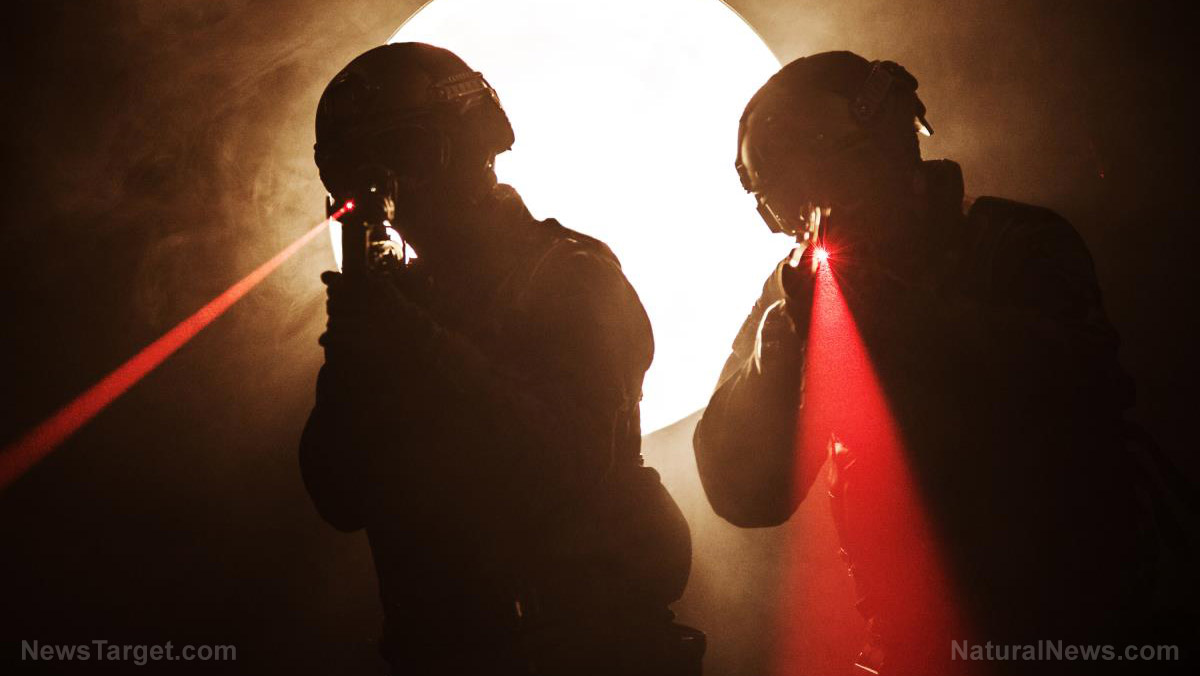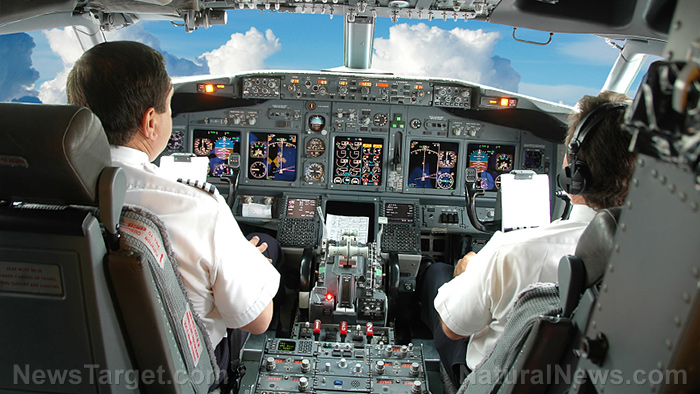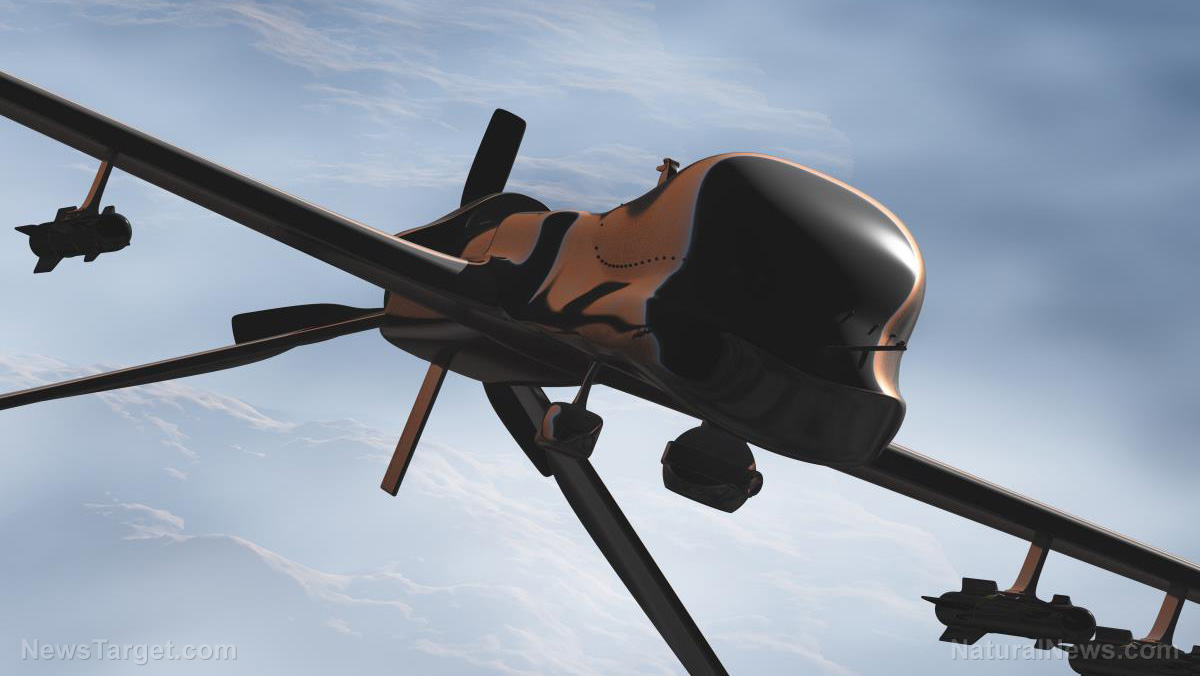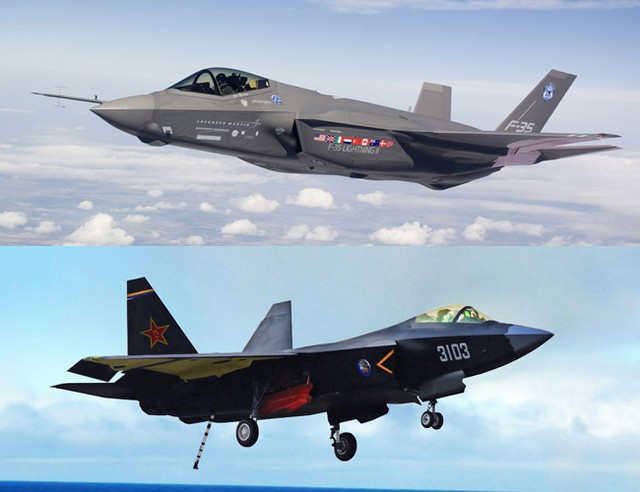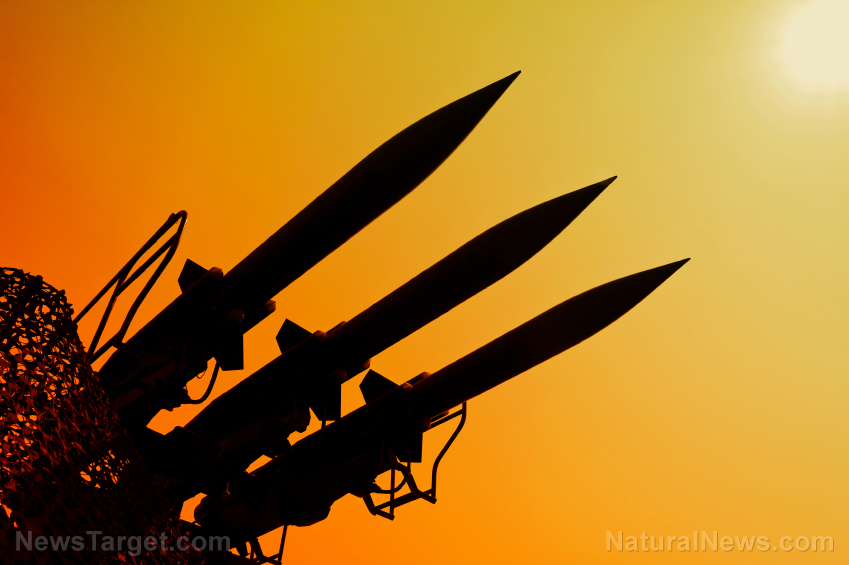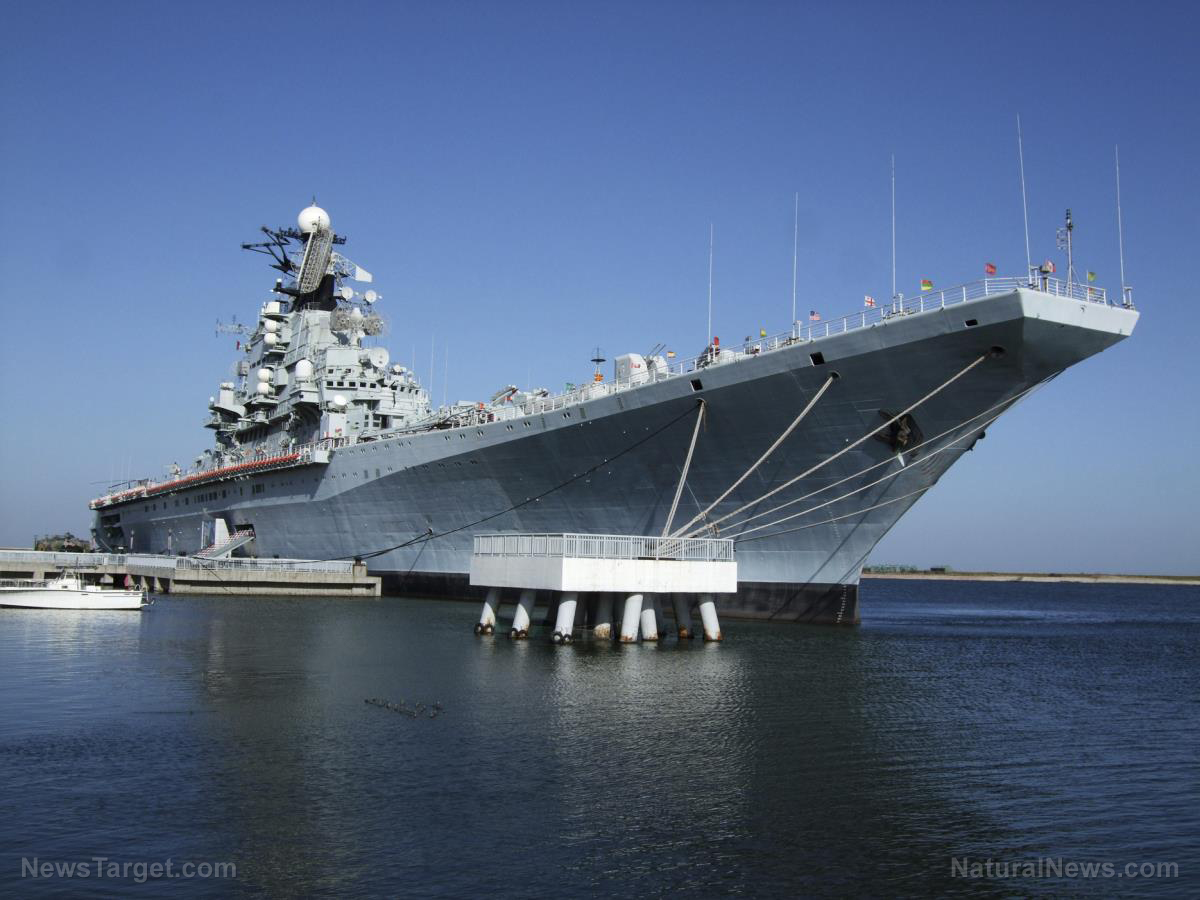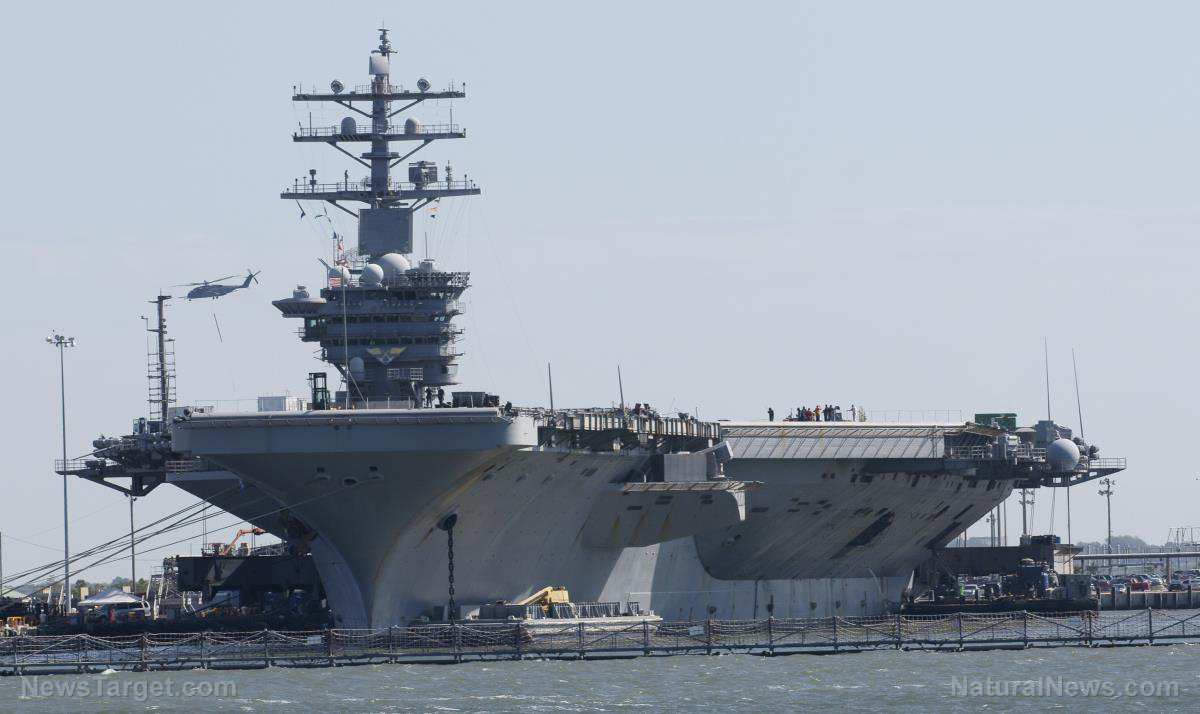Pentagon warns: China will double the size of its nuclear arsenal in the next decade
09/03/2020 / By Franz Walker
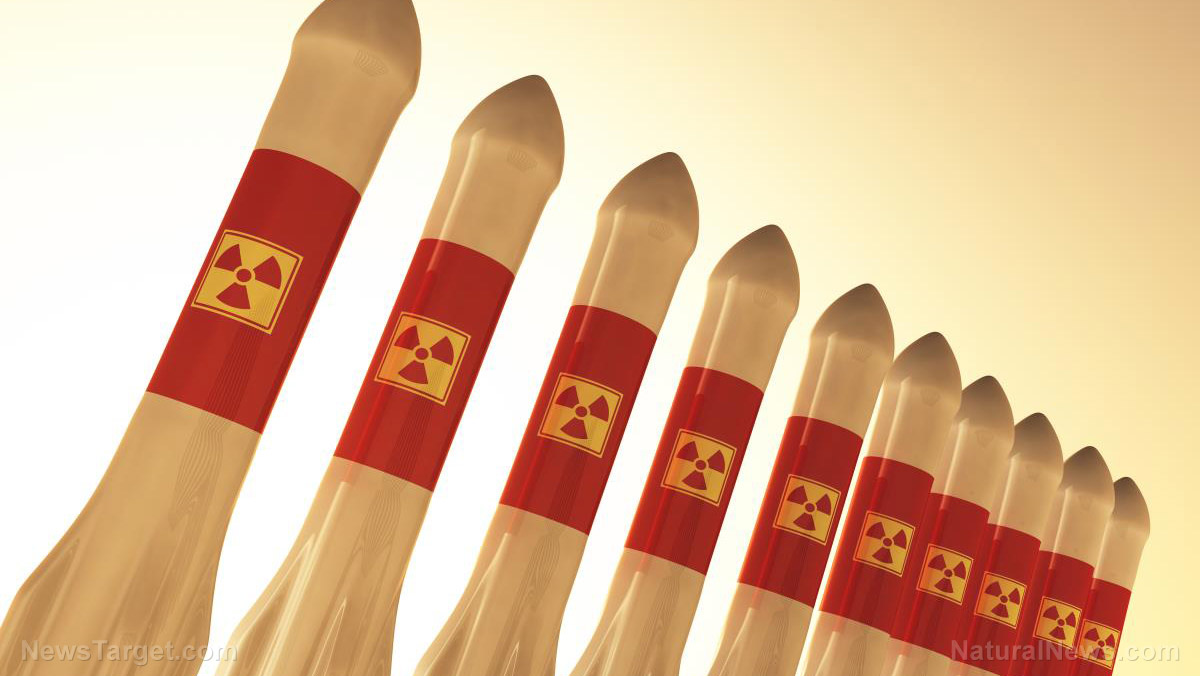
In its bid to become a global military power, China could double its nuclear arsenal within the next decade. The chilling prediction comes from a new Pentagon report presented to Congress.
This year’s annual China Military Power report repeats the Pentagon’s previous assertion that Beijing will double its nuclear arsenal in the next decade. This time, however, the report has included an estimate on the current size of China’s arsenal: 200.
In addition, the 173-page report also states that China’s military has already equaled or surpassed the United States in a series of key areas.
China is completing its nuclear triad
The report, which details China’s military capabilities, comes amid mounting tensions between Washington and Beijing. Key issues driving these tensions include China’s military activities in the South China Sea, U.S. support of Taiwan and the ongoing trade war.
“Over the next decade, China’s nuclear warhead stockpile – currently estimated to be in the low-200s – is projected to at least double in size as China expands and modernizes its nuclear forces,” the report says,
It also adds that the number of warheads on Chinese land-based Intercontinental Ballistic Missiles (ICBMs) capable of hitting the U.S. is expected to grow to “roughly 200 in the next five years.”
The increase in warheads also shows that Beijing is nearing the completion of a nuclear triad – a three-pronged approach that consists of land-launched nuclear missiles, nuclear-missile-armed submarines and strategic aircraft with nuclear bombs.
The report warns that Beijing may be moving from its stated “no first strike” nuclear posture. Last year’s developments suggest a shift towards a launch-on-warning (LOW) posture.
“China’s near-complete lack of transparency over its nuclear forces raised legitimate questions over China’s intent as it fields larger and more capable nuclear forces,” stated Deputy Assistant Secretary of Defense Chad Sbragia in a recent press briefing on the report.
“An ability to double the stockpile not only demonstrates a move away from their historical minimum deterrence posture but places them in a position where they can readily grow their force beyond this number,” he added.
China has resisted joining arms control talks
What makes the growth of China’s nuclear arsenal more worrying is the fact that Beijing has resisted joining in any arms control talks.
In 2011, both the U.S. and Russia signed the New Strategic Arms Reduction Treaty (New START) that limits both countries to some 1,550 nuclear warheads deployed on ICBMs, submarine-launched missiles and heavy strategic bombers. The treaty, which came into force on February 5, 2011, is expected to last until 2021.
While Washington has extended overtures for possible arms control talks with Beijing, the latter has so far refused to join in, insisting that the U.S. should decrease its own stockpile of nuclear weapons before it enters into any talks.
“I can assure you that if the US says that they are ready to come down to the Chinese level (of nuclear weapons), China will be happy to participate the next day. But actually, we know that’s not going to happen,” Fu Cong, head of the Chinese Foreign Ministry’s arms control department, said at a press briefing back in July.
Fu was referring to the White House’s attempts to renegotiate the New START treaty and its insistence that any renewed treaty should include China.
Larger navy than the U.S.
According to the report, China’s objective is for the People’s Liberation Army (PLA) to become a “world-class” military by 2049, echoing statements made by Chinese President Xi Jinping back in 2017.
“Although the CCP has not defined what a ‘world-class’ military means, within the context of the PRC’s national strategy it is likely that Beijing will seek to develop a military by mid-century that is equal to – or in some cases superior to – the U.S. military, or that of any other great power that the PRC views as a threat,” said the report. (Related: U.S. has been quietly building up military resources and firepower on a remote Pacific outpost in unmistakable signal to China.)
Already, the report states that China is ahead of the U.S. in certain key areas. Specifically, the country now fields the largest navy in the world in terms of ship count, with around 350 ships. The United States Navy, on the other hand, has 293 ships.
“I would also draw your attention to weapons systems and it’s important to highlight the Chinese shipbuilding advantages in terms of its size of the fleet, is both in context of the broader modernization ambitions, virtual class military,” Sbragia stated. “This is a long-term challenge and it’s not only demarcated by a single variable, which would be total number of vessels, tonnage capacity, capabilities, location, posture, activities, and then other aspects,” he told a small group of reporters in a Pentagon briefing.
He added that the Pentagon expects China’s fleet to expand to around 360 warships by the end of the decade.
In addition, he also pointed out that China is flexing its naval might and looking to be more assertive, not just in the region, but in more far-flung areas, exploring potential bases in Africa and South America.
“The global PLA military logistics network could interfere with U.S. military operations and those of our allies and provide flexibility to support offensive operations against the United States,” he told the reporters.
For more on Beijing’s military build-up and aggressive stance, follow CommunistChina.news.
Sources include:
Media.Defense.gov [PDF]
Tagged Under: arms race, China, communist China, congress, ICBM, military, national security, Navy, New START, nuclear arms race, nuclear war, nuclear weapons, nuke, Pentagon, World War III
RECENT NEWS & ARTICLES
COPYRIGHT © 2018 MILITARYTECH.NEWS
All content posted on this site is protected under Free Speech. MilitaryTech.news is not responsible for content written by contributing authors. The information on this site is provided for educational and entertainment purposes only. It is not intended as a substitute for professional advice of any kind. MilitaryTech.news assumes no responsibility for the use or misuse of this material. All trademarks, registered trademarks and service marks mentioned on this site are the property of their respective owners.

